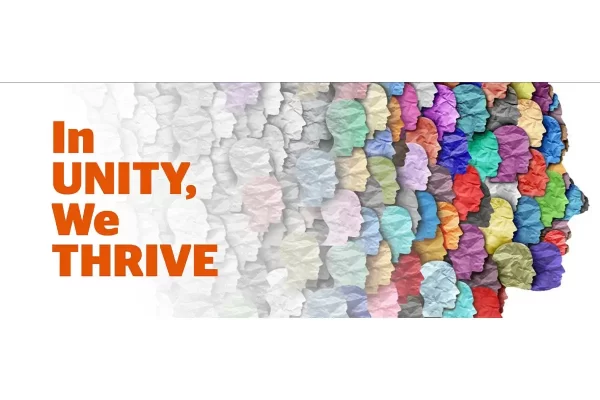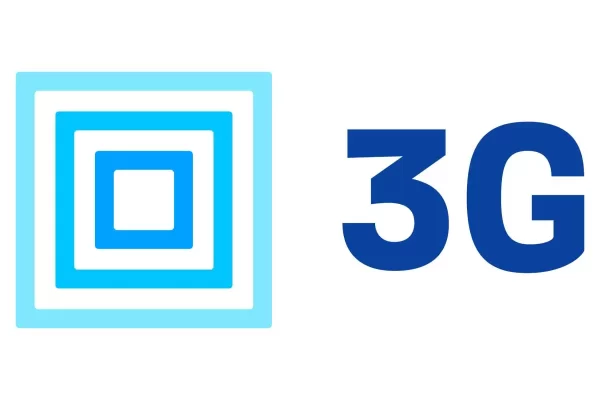Hello Class, welcome back for another lesson. Today, we are going to take a closer look at social media and how to make it a key component of our marketing strategy supporting events and tradeshows.
For the average person, social media has revolutionized how they maintain personal relationships. By creating a private profile, we are able to keep in touch with loved ones, whether near or far, on a fast and easy basis. It is only fairly recent that a relevant number of businesses have realized that using a social medium for business purposes can equally revolutionize their communication with customers and prospects on the same fast and easy basis.
Today, social media is increasingly influencing the way businesses – from the largest of corporate powers to even the smallest of mom and pop shops – market and brand their image. Sites such as LinkedIn were specifically developed for professionals and businesses to communicate; while others like Facebook and Twitter were designed for a more intimate use, but are now undergoing a strong shift from individual entertainment purposes to brand marketing purposes. That means, whether your company is marketing business to business or business to consumer, endless opportunities for both abide in social networks.
Pioneers of the tradeshow industry are adopting this latest technology to reach out to their intended audience, because they recognize the power it holds in establishing valuable relationships. Valuable relationships are accomplished through networking, and social media was conceived with the primary intention of making networking more personal yet fast and efficient. Understanding this is the first step in creating a strong social network of your own.
(You can learn more about networking in my previous article, Networking as a corner stone of business development strategy.)
The question most professionals have is, “What can it do for me?” While it does allow you to be popular and build an abundance of relationships, how does your number of friends transcend into a number of dollars? The answer to this lies in three techniques.
First, allow the information you are supplying to flow directly to your audience instead of your audience searching for the information themselves. Sites such as Facebook, where a person can “Like” a page and receive updates on a consistent, unobtrusive basis create an image to the potential client that your company is active, and is therefore immediate and reliable.
Second, listen and then speak. It sounds simple and natural enough, but when it comes to preserving your image, it takes initiative to search different blogs, forums and newsletters to find out what people are saying about your organization. Show organizers and exhibitors need to hear what attendees are saying in order to enhance the qualities that are making them great as well as diminish those that are pulling their brand down.
The metrics of social media, such as the number of followers, blog posts, photo views, twitter feeds, and downloads, are great indicators of your progress, but monitoring your keywords to see how you are being represented in blogs and other forms of online coverage is the most insightful way of learning the demands of your target audience. This is very important because people should always have the image you set, not others.
Third, it is essential that you create an engaged community. It is true that the main benefit of social media is free advertising and promotions, but people do not want to hear sales pitches on their newsfeed – that actually distracts their attention instead of grabbing it. Pre, during and post-event awareness of exhibits and shows are what your audience wants: relevant content and news. On-site Twitter wall posts, Facebook statuses, photo sharing and LinkedIn discussion boards are perfect examples of ways your company can share “what’s happening now” and bring your audience’s opinion into the matter.
Once engaged, you will have the opportunity to listen more attentively to what attendees, clients and potential prospects are saying about you. This sets the stage for you to address issues and concerns on a personal level, bridging the gap between you and your audience.
These strategies create a more stable membership and lead your brand to be much more valuable and impactful.
In addition to the benefits of essentially free advertising, something social networks take heed of is appealing to younger audiences. The social media trend began and will evolve by way of the youth, so providing content that is fresh and available in a modern format is a valuable asset. They will be your clients of tomorrow and meeting at their level will establish a sense of understanding and, ultimately, trust.
There are innovative ways of distributing information that is easily transferable between social sites and most alluring to younger audiences. Instead of simple statuses and post updates, the methods below generate conversation and connect various online networks:
- Podcasts where live interviews can be streamed by followers
- Webinars and videos through distribution channels (YouTube is the most widely known)
- Widgets where you can set pop-ups for important dates and count downs for tradeshows
- Event pages to invite and create awareness of different opportunities taking place in the industry
- Group pages where followers with similar interests can chat, blog and create discussion boards.
Social networks are basically people talking, so whether you are organizing shows or exhibiting at them, you are giving attendees something to talk about. Following this lesson plan will allow you to control your image, establish engaging content that ties your company to your community, and keep your brand at the top of minds on a consistent basis. If you have any questions, you can always send me a message on LinkedIn.
Until next month.
About Linda Musgrove, the TradeShow Teacher
Linda Musgrove is President of the TradeShow Training firm, TradeShow Teacher. She focuses on teaching companies to significantly improve Trade Show Results through strategic, customized Trade Show Training for individuals, departments or entire teams. Training options include phone consulting, webinars, seminars and one-on-one in person coaching. Musgrove authored “The Complete Idiots Guide to Trade Shows”, published by Alpha Books/Penguin Publishing. Learn more at http://www.tsteacher.com and sign up for the FREE monthly Trade Show Tactics newsletter. Follow on Twitter at: http://twitter.com/tsteacher .
| Home |
| People on the Move |
| National News |
| International News |
| Opinions |
| Tradeshow Calendar |





























